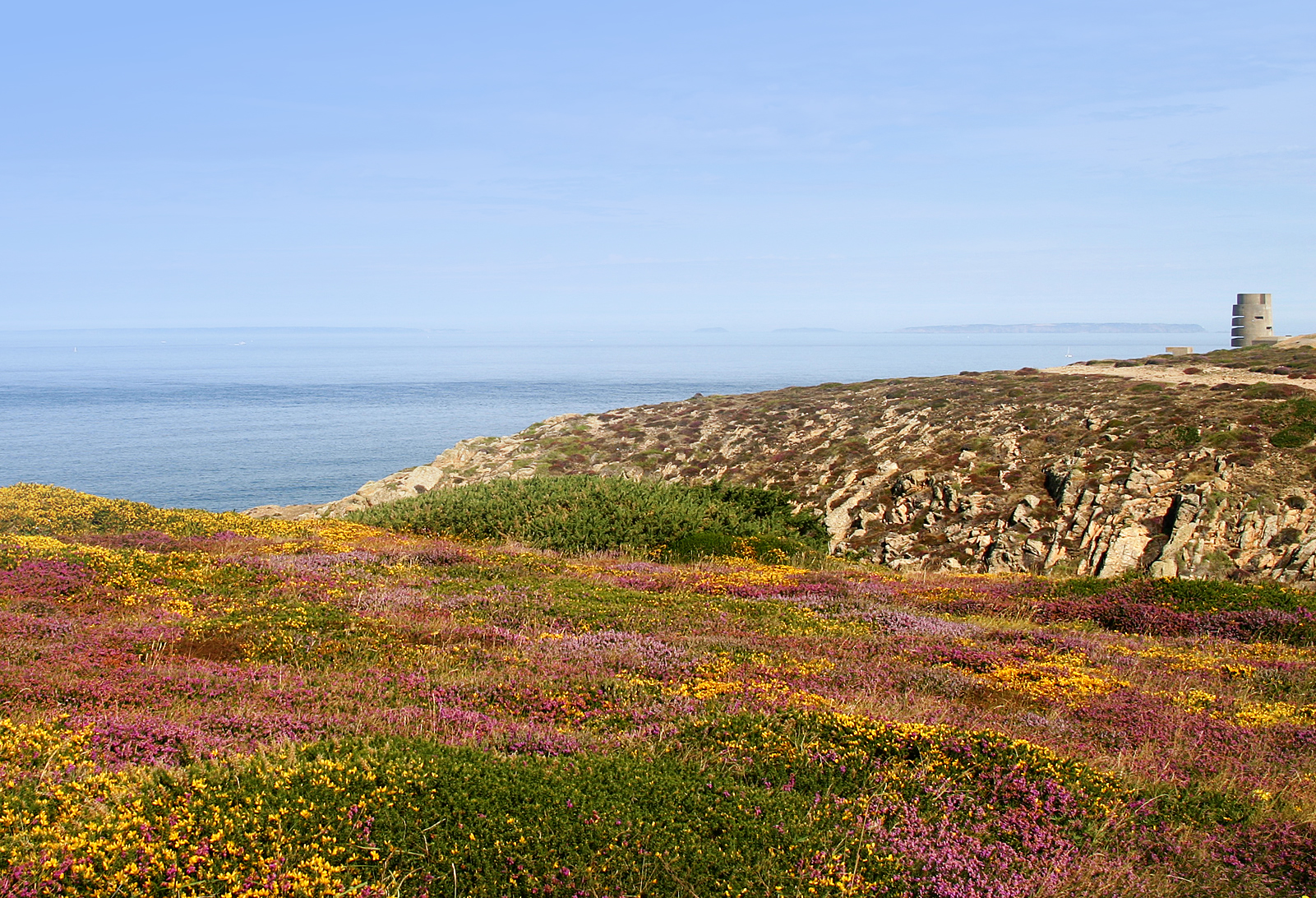By Christian Marcos
The Countryside Enhancement Scheme (CES) is an environmental improvement scheme open to all Jersey landowners, land managers, businesses, charities, schools, States departments and others. The scheme is funded by the States of Jersey and offers financial incentives that support and reward environmental initiatives through voluntary management agreements designed to look after Jersey’s countryside. This includes enhancement of wildlife, landscapes, historic features and natural resources (soils and water), as well as providing new opportunities for public access.
Last year, the Countryside Enhancement Scheme funded a project to clear large amounts of bracken from publicly administered land on the slopes west and east of Plémont in order to improve the condition and species diversity of these coastal habitats. A total of 17,151m² (9.5 verges or 4.3 acres) of bracken scrub has been cleared on this occasion.
In the past these steep slopes would have been managed by grazing animals, and by harvesting bracken and gorse for animal bedding and fuel respectively, giving opportunity for short, species-rich grassland and wild flowers to flourish. Today the only grazing which takes place is done by rabbits, which unfortunately is not enough to stop the gradual encroachment of gorse scrub and bracken.
The aim is to return the slopes to their former ecologically diverse coastal heathland habitat, encouraging fire-tolerant shrub vegetation such as heathers Calluna vulgaris and Erica cinerea, gorse Ulex gallii and broom Cytisus scoparius.
The project compliments Birds On The Edge objectives in conserving maritime heath, cliff and slope habitats which are listed as valuable key habitats in the Jersey Biodiversity Strategy (2000).
Access to manage the slopes is difficult due to their being so steep and being isolated from any close parking and other infrastructure. It is planned that a number of ‘holes’ be created in the coastal scrub with a more diverse vegetation within. The long term intention is to re-establish grazing to these slopes with the livestock foraging between these holes and ultimately linking them, creating habitat corridors. The first step is to create areas which can be grazed and which will supply a sufficient amount of fodder to sustain the livestock.
The contractor successfully cut the bracken scrub to ground level and then rolled it into piles of mulch at the bottom of the slopes. The team will return to the site in early June (2014) to treat any bracken regrowth with the fern specific herbicide Asulox.





































